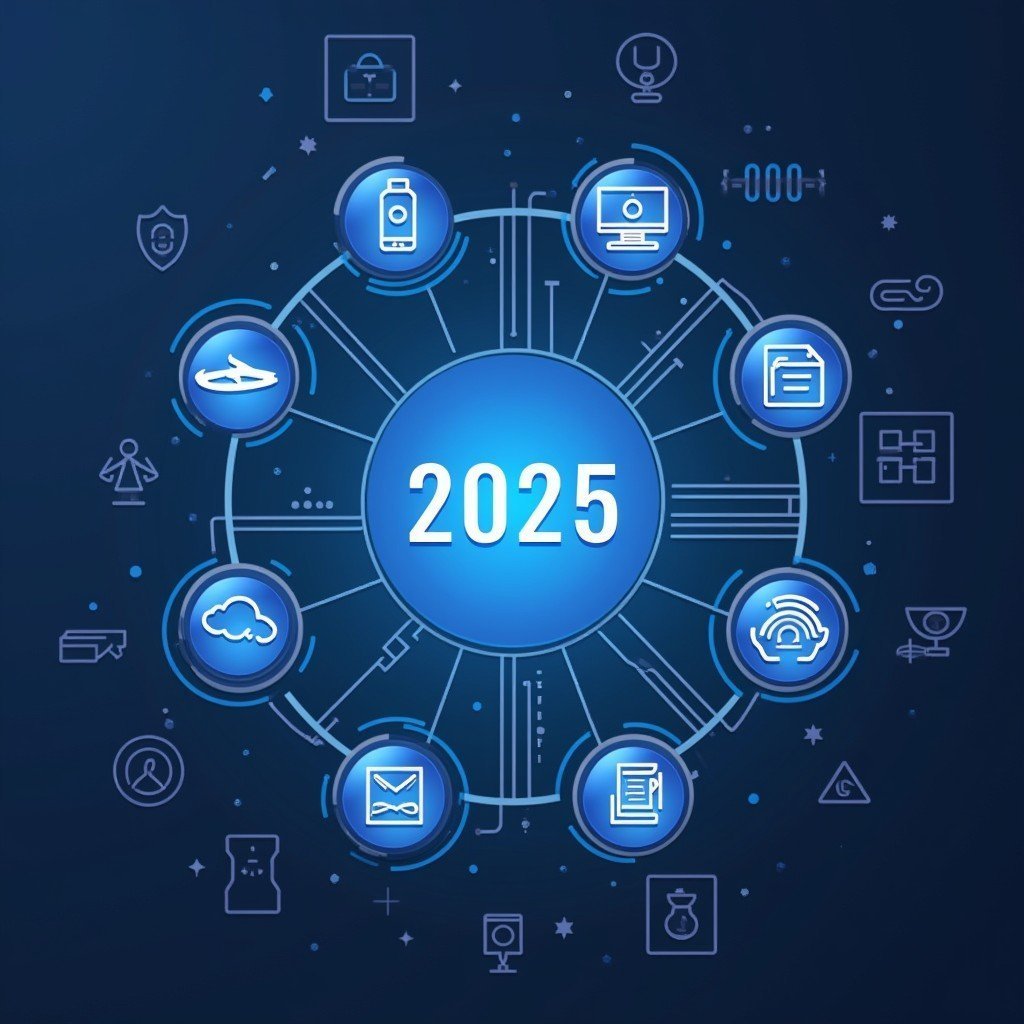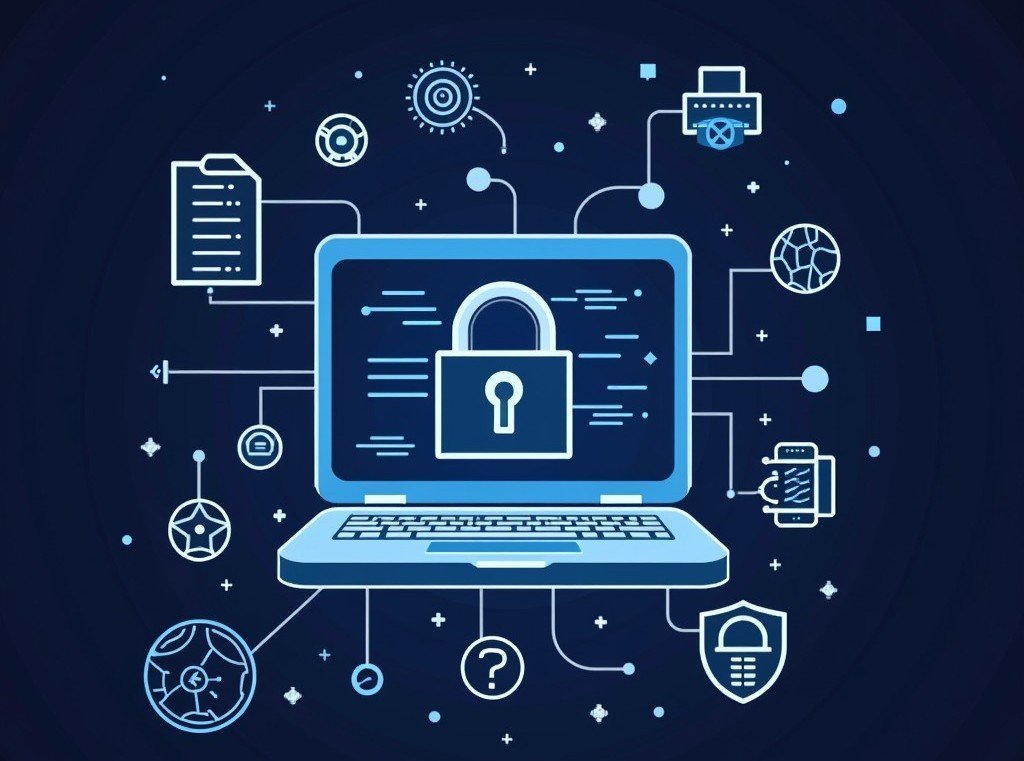In an increasingly digital world, privacy and compliance have become cornerstones of cybersecurity. As data breaches and cyberattacks grow in scale and sophistication, organizations in the USA are under immense pressure to protect sensitive information and comply with evolving regulations. By 2025, the landscape of privacy and compliance will undergo significant transformations, driven by advancements in technology, stricter regulations, and the need for proactive cybersecurity solutions. This article explores how privacy and compliance are evolving in the USA, the challenges organizations face, and the innovative solutions shaping the future of cybersecurity.
The Growing Importance of Privacy and Compliance
1: The Rising Tide of Data Breaches
Data breaches are becoming more frequent and costly. Key trends include:
- Increased targeting of sensitive data: Cybercriminals are focusing on personal, financial, and health information.
- Sophisticated attack methods: Ransomware, phishing, and zero-day exploits are on the rise.
- High costs: The average cost of a data breach in the USA reached $9.48 million in 2023.
2: The Regulatory Landscape
Governments and regulatory bodies are enacting stricter data protection laws. Key regulations include:
- General Data Protection Regulation (GDPR): Influencing global privacy standards.
- California Consumer Privacy Act (CCPA): Granting California residents greater control over their data.
- Health Insurance Portability and Accountability Act (HIPAA): Protecting sensitive health information.
3: Consumer Expectations
Consumers are increasingly concerned about their privacy. Organizations must:
- Be transparent about data collection and usage.
- Implement robust security measures to protect personal information.
- Build trust through ethical data practices.
Key Privacy and Compliance Challenges in 2025
1: Evolving Regulations
The regulatory landscape is constantly changing, creating challenges for organizations:
- Fragmented laws: Different states and countries have varying requirements.
- Compliance complexity: Keeping up with multiple regulations can be overwhelming.
- Penalties for non-compliance: Fines and reputational damage can be severe.
2: Data Proliferation
The sheer volume of data generated and stored by organizations is staggering:
- Big data: Managing and securing large datasets is a significant challenge.
- IoT devices: The proliferation of connected devices increases the attack surface.
- Cloud storage: Ensuring data security in cloud environments is critical.
3: Insider Threats
Insider threats, whether intentional or accidental, pose a significant risk:
- Employee negligence: Unintentional data leaks due to human error.
- Malicious insiders: Employees or contractors with malicious intent.
- Third-party risks: Vendors and partners with access to sensitive data.

How Cybersecurity Solutions are Evolving to Address Privacy and Compliance
1: Advanced Encryption Technologies
Encryption is a cornerstone of data protection. By 2025, advancements in encryption will include:
- Quantum-resistant encryption: Preparing for the threat of quantum computing.
- End-to-end encryption: Securing data throughout its lifecycle.
- Homomorphic encryption: Enabling data to be processed without decryption.
2: AI-Powered Privacy Solutions
Artificial intelligence (AI) is revolutionizing privacy and compliance:
- Automated data classification: Identifying and categorizing sensitive data.
- Behavioral analytics: Detecting anomalies that may indicate a breach.
- Predictive compliance: Anticipating regulatory changes and ensuring compliance.
3: Zero Trust Architecture
Zero Trust is becoming a standard for securing data and systems:
- Least privilege access: Limiting access to sensitive data.
- Continuous verification: Authenticating users and devices in real time.
- Micro-segmentation: Isolating network segments to contain threats.
The Role of Compliance Management Platforms
1: Centralized Compliance Solutions
Compliance management platforms streamline the process of meeting regulatory requirements:
- Unified dashboards: Providing a single view of compliance status.
- Automated reporting: Generating reports for audits and regulatory submissions.
- Policy management: Ensuring adherence to internal and external policies.
2: Real-Time Monitoring and Alerts
Proactive monitoring is essential for maintaining compliance:
- Continuous monitoring: Tracking data access and usage in real time.
- Automated alerts: Notifying teams of potential compliance violations.
- Incident response: Facilitating quick action to address issues.
3: Integration with Existing Systems
Compliance platforms must integrate seamlessly with existing infrastructure:
- Cloud compatibility: Supporting hybrid and multi-cloud environments.
- API connectivity: Enabling data exchange with other tools and systems.
- Scalability: Adapting to the needs of growing organizations.
The Future of Privacy and Compliance in 2025
1: Stricter Regulations and Global Standards
By 2025, privacy regulations will become even more stringent:
- Federal privacy laws: The USA may enact a comprehensive federal privacy law.
- Global harmonization: Efforts to align privacy standards across countries.
- Increased enforcement: Regulators will impose heavier penalties for non-compliance.
2: Privacy by Design
Privacy by design will become a fundamental principle for organizations:
- Embedding privacy into products and services: Ensuring data protection from the outset.
- User-centric design: Prioritizing user privacy and control.
- Transparency: Clearly communicating data practices to users.
3: The Role of Blockchain in Privacy and Compliance
Blockchain technology offers unique advantages for privacy and compliance:
- Immutable records: Ensuring data integrity and transparency.
- Decentralized storage: Reducing the risk of data breaches.
- Smart contracts: Automating compliance processes.
Strategies for Organizations to Stay Ahead
1: Invest in Cybersecurity Training
A well-trained workforce is essential for maintaining privacy and compliance:
- Regular training programs: Educating employees on data protection best practices.
- Certifications: Encouraging staff to obtain relevant certifications.
- Simulated phishing exercises: Testing and improving employee awareness.
2: Adopt a Proactive Approach
Organizations must move from reactive to proactive cybersecurity:
- Threat hunting: Actively searching for potential threats.
- Vulnerability assessments: Identifying and addressing weaknesses.
- Incident response planning: Preparing for potential breaches.
3: Collaborate with Industry Peers
Collaboration is key to staying ahead of emerging threats:
- Information sharing: Participating in threat intelligence networks.
- Industry partnerships: Working with peers to develop best practices.
- Public-private partnerships: Collaborating with governments to enhance cybersecurity.
Conclusion
Privacy and compliance are no longer optional—they are critical components of cybersecurity. By 2025, organizations in the USA will face even greater challenges in protecting sensitive data and meeting regulatory requirements. However, with the right strategies and technologies, they can stay ahead of the curve. Advanced encryption, AI-powered solutions, Zero Trust Architecture, and compliance management platforms will play a pivotal role in shaping the future of privacy and compliance. By embracing these innovations and fostering a culture of security, organizations can build trust, ensure compliance, and safeguard their digital future.
